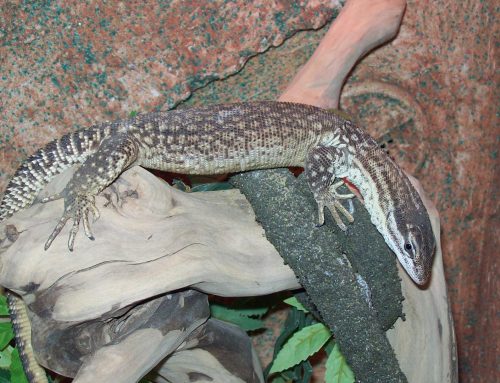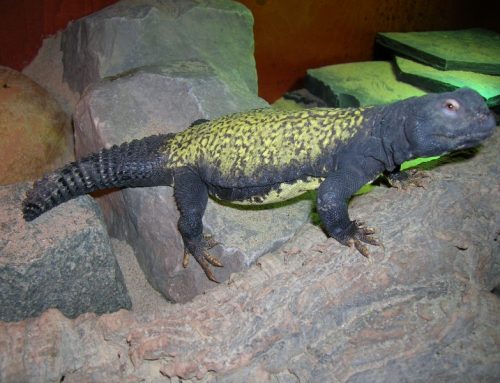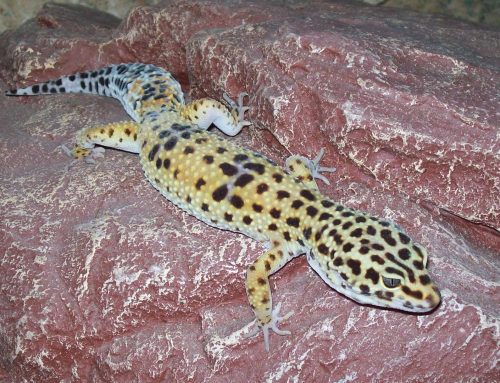Bosc Monitor Caresheet
The Bosc Monitor is a stocky, short faced African lizard species which grows to around five feet in length and is found in scrub land and Savannah areas of most of sub Saharan Africa. Often seen sunning themselves on a rock, large adults don’t show much fear and will readily stand and fight against any attacker, whacking them with its muscular tail.
Bosc Monitor Vivarium
The vivarium is not really suitable for an adult one of these, but smaller specimens up to twenty four inches in length can be kept in a five foot by two foot vivarium decorated with a sandy substrate and some rocks with a hide and large water bowl. Larger examples require a dedicated reptile room where they can live as if it were a giant vivarium. The reptile room should have a basking lamp over a large stone slab or rocky outcrop, and some very sturdy branches to allow some climbing/foraging if the need takes them. The edges of the room can also have some grasses or small shrubs added for aesthetic reasons. UV light can be provided by means of an 8.0 UVB fluorescent tube in the vivarium or a 160 watt power sun spotbulb in the vivarium room. The temperature should be around 28 to 32 degrees with the basking area heated to around 40 degrees, temperature should be regulated using a thermostat. Humidity is not overly important, as long as a large water bowl is added, large enough for the lizard to completely immerse itself.
Bosc Monitor Feeding
Bosc Moniter lizards are carnivorous and as such will take all manner of animal prey, from insects to rodents, other lizards and birds. Smaller examples can be fed crickets, locusts, mealworms, cat food, eggs, raw meat, snails and pinkie mice. Larger examples can eat larger mice and chicks, rats, larger locusts and other suitably sized prey. All Bosc Moniters should be carefully fed their diets, as they will quickly become fat and lazy, I’ve lost count of the amount of badly overweight monitors I’ve seen. To avoid this, feed them little and often. An adult Bosc Moniter will quite happily live with only one adult rat every three days or so. With regular handling Bosc Monitors become tame and will happily tolerate you in ‘their’ territory. But be wary as they pack a powerful bite and if they feel threatened they may use it. That said they are a nice placid lizard 99.9% of the time and I would recommend them as a good starters monitor. Breeding is the easiest accomplished with a well timed ‘rainy season’ although it may require the addition of another male so the ‘ritual fight’ can take place before mating. Females lay around 50 eggs which hatch in around 160 days at 29 degrees. More males are produced at lower temperatures (27 degrees) and more females at higher temperatures (32 degrees)




